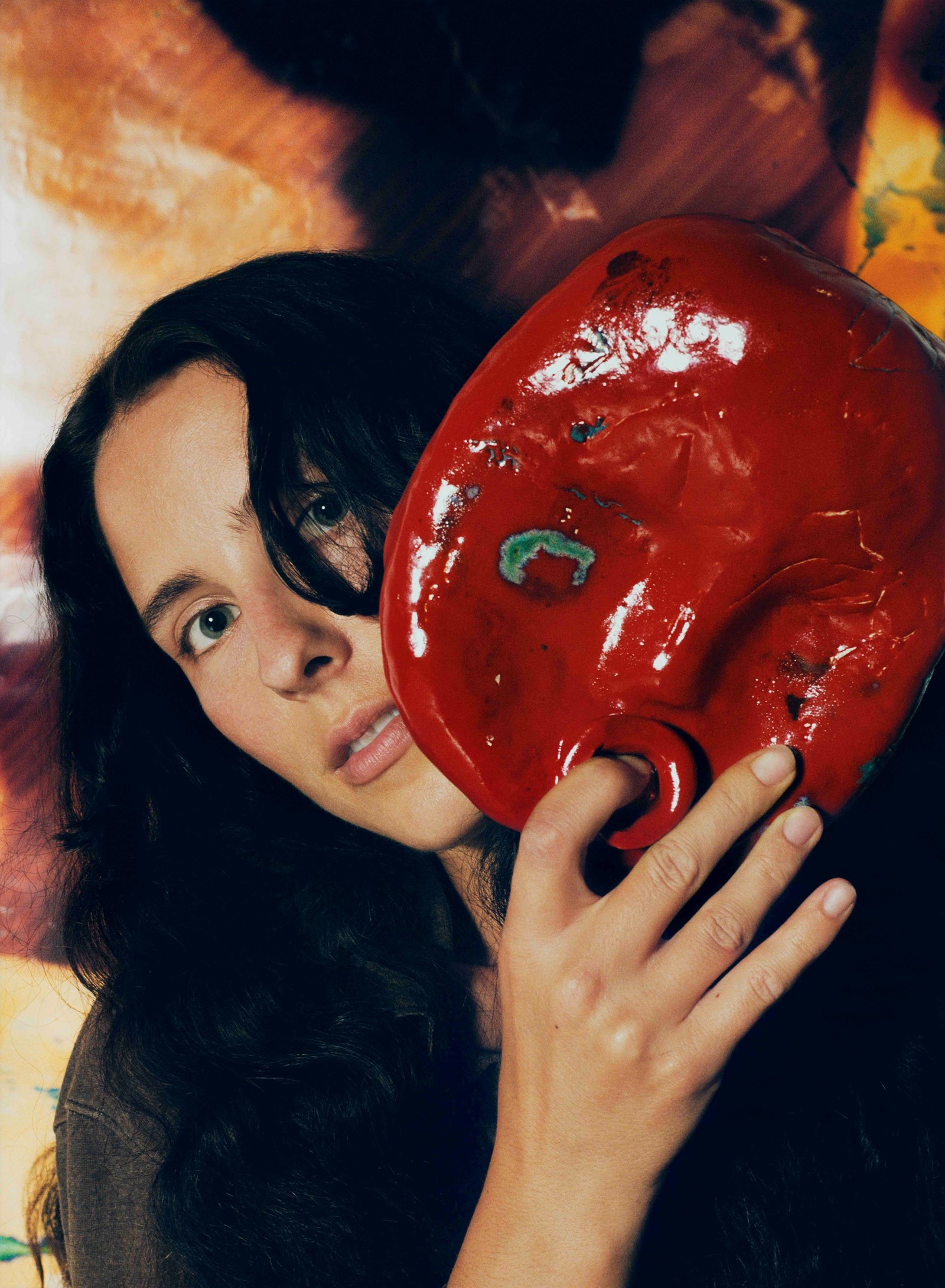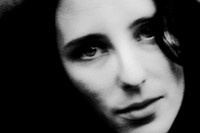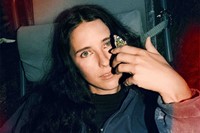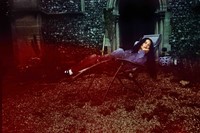This excerpt is taken from the fifth issue of Plaster Magazine.
The first time I spoke with Harley Weir on the phone, she had just been caught in a giant hailstorm. It was the middle of July, and she was in awe of the size of the hailstones. Eager for me to see, she picked a few off the ground and took a quick iPhone photo of her clutching a collection of them. However, what struck me from the photo she sent to me wasn’t the hugeness of the golfball-sized hail, but how beautiful the image was. I could not figure out how she had managed to take something so simple and turn it into something so ethereal, so recognisably her, when the photos most people take on an iPhone look as if they have been captured on a drunken night out.
But, then again, she is one of the world’s most in-demand photographers, and that is what great photographers do: whether they are equipped with the best camera or just an iPhone, they are capable of translating their perspective of the world through an image. Harley has made a career that people twice her age couldn’t dream of, all because of her unique viewpoint of the world. She brings to life the intimacy of her subject, whether it is a giant piece of hail or an editorial for a leading fashion publication.
Today, I find Harley in her newly-purchased, Grade II-listed, 19th-century converted church in Faversham. The church has been converted into a beautiful open-plan house, with a marble kitchen, a long wooden dining table, and two large sofas which she proudly announces were purchased from eBay. There is no bed, but she points to where the altar should be and tells us that the bed is to go there. Even in her personal space, everything is perfectly curated, as if on the set for one of her shoots. A master behind the camera, she has agreed to be photographed for Plaster – something she seldom allows. One could sense her initial unease at being placed in front of the camera. However, any initial shyness evaporated as she began to feel more and more at ease, even, at one point, starting to direct the photographer to where the best place was to shoot, and calling him out for being too close. Then, once the shoot was over, it was my turn to listen as we sat down to talk.
Milo Astaire: Could you tell me about your upbringing? Where did you grow up?
Harley Weir: I grew up in deep south-west London. My parents gave me a lot of freedom growing up, mostly due to them being bohemian types but also because they worked hard and didn’t have much time to fuss. They both worked in the toy industry. My mum worked for Sindy doll. She used to mock up the dolls for the product design, paint their eyes, root the hair, and make tiny clothes for them.
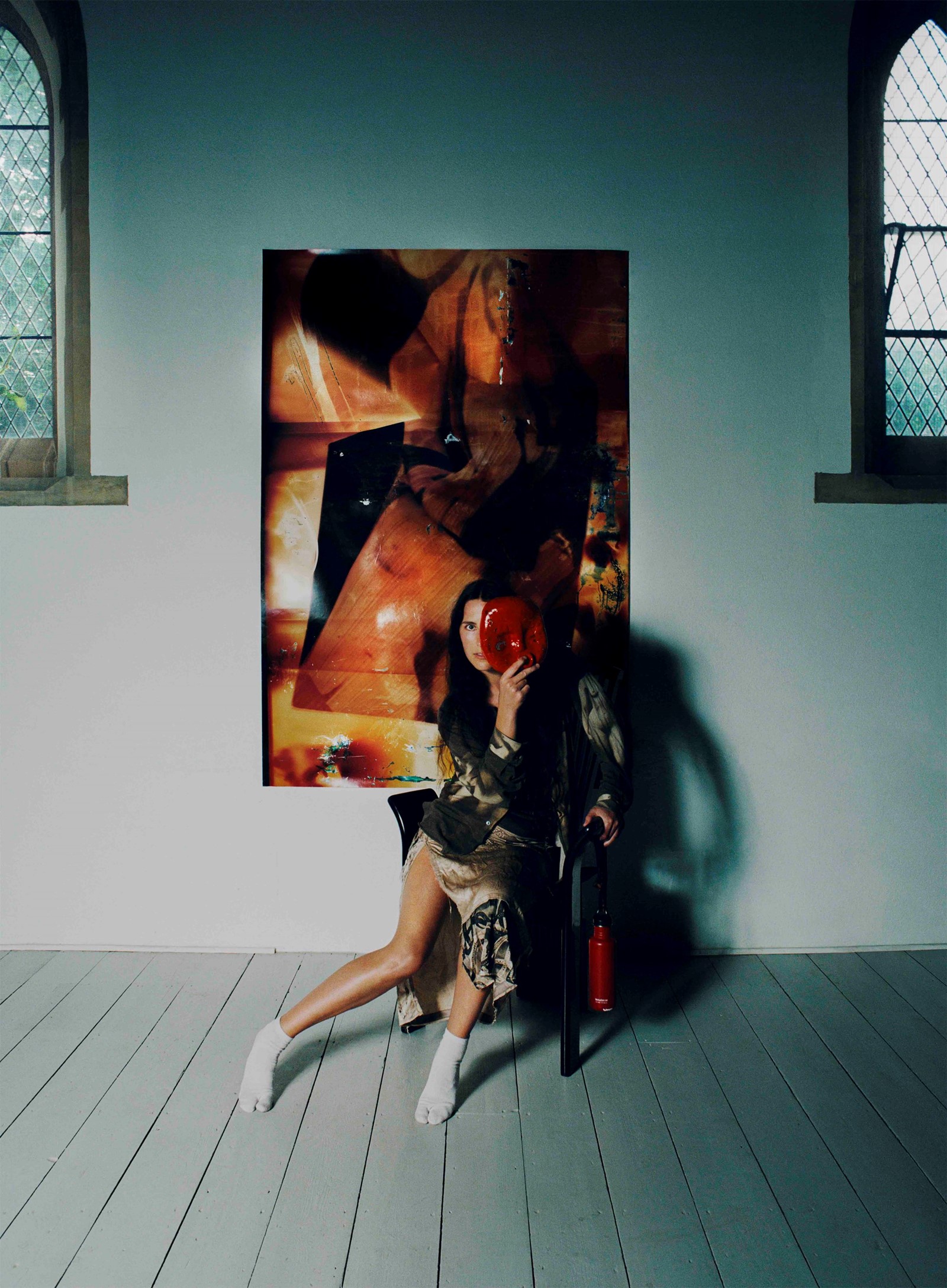
MA: I imagine having creative parents inspired you to look at things slightly differently?
HW: I’ve been lucky to have always had art available to me. I remember the first time I saw what I thought was great art: it was a postcard up in my uncle’s houseboat of Hylas and the Nymphs. I remember being besotted by the image of the water nymphs gently dragging Hylas into this pond. It was calm but also very sinister. It’s very Pre-Raphaelite, and that was probably the first art object that I remember I found really, really captivating.
MA: Now that you mention the Pre-Raphaelites, I can see their distinct visual language in your photographic work, especially the models you use.
HW: Yeah, the influence is definitely always there. I think that’s probably partly due to where I grew up. It was very suburban, leafy, and full of soft nature like the images depicted in those Pre-Raphaelite paintings. People tell me I look a bit Pre-Raphaelite. Maybe that’s also why I connect to it, that very old-fashioned stereotype of beauty, Botticelli’s Venus etc, it’s an interesting starting point for commenting on current beauty trends.
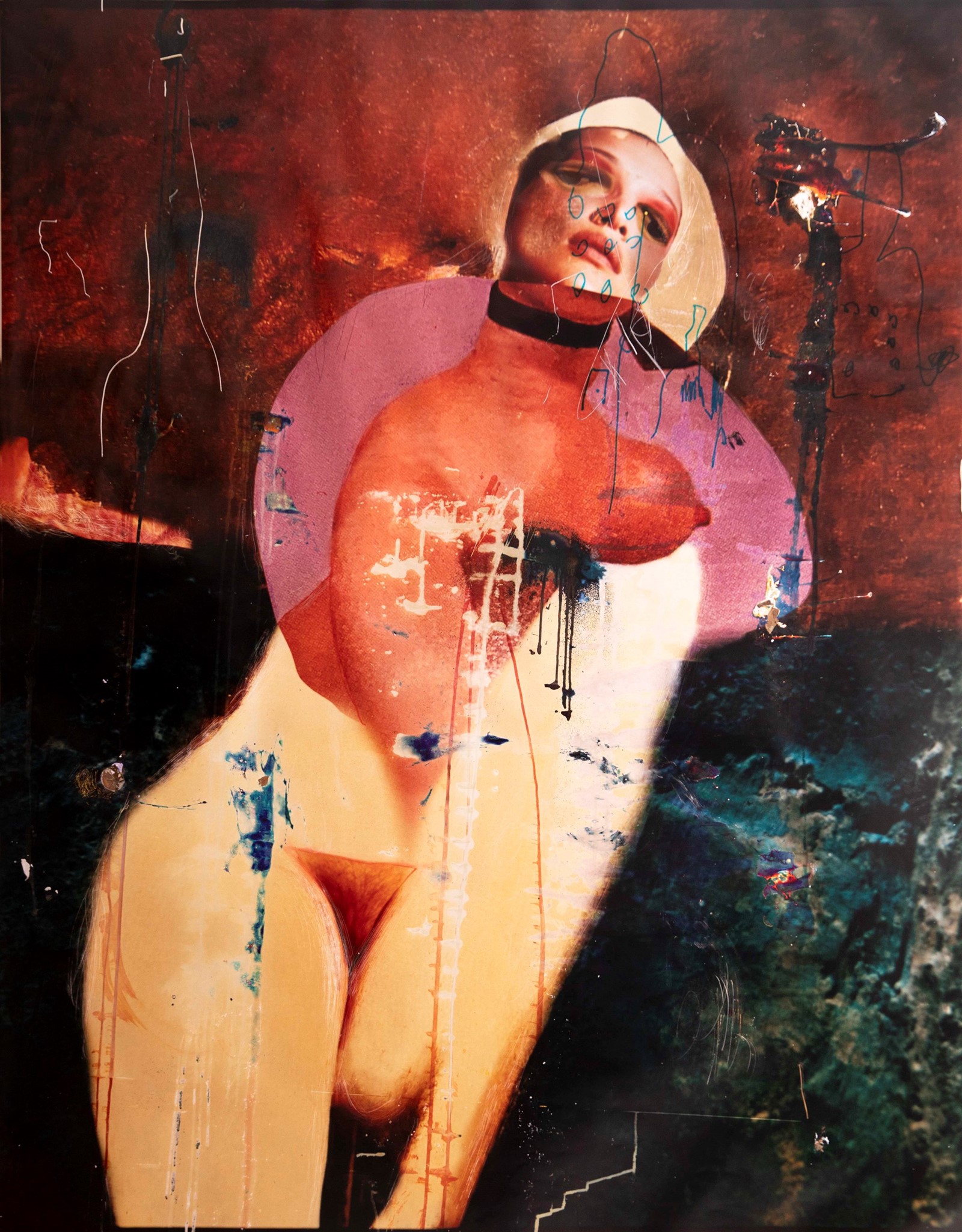
MA: What else has influenced you?
HW: The Spice Girls were a great influence on my taste … unfortunately! I remember I used to collect Spice Girls posters, and I hid them in a secret closet. The Spice Girls were a big thing for young girls at the time. The first female heroes of my generation. It felt like a very strong movement, but looking back, maybe it wasn’t the best message for the youth of the time.
MA: You studied at Central Saint Martins?
HW: Yes, I studied fine art, but I would love to return and do it again. At the time, I was very possessed by the idea of being an independent woman, so I decided to begin working while I was there. I had a part-time job at a pub. Then I started working as a fashion photographer to pay for the course, which ultimately took up all of my time. It was actually an accident that I ended up becoming a photographer. Someone just asked me if I wanted to do a fashion shoot because I used to post my pictures online.
MA: Where did you post the pictures?
HW: Flickr.
“How can I know what I desire if everything I’ve ever looked at has been made by a guy anyway?” – Harley Weir
MA: Oh … we are going way back! Does Flickr still exist?
HW: I think it does, but I don’t really know what it’s for. I don’t know who is using it. Someone must be! Anyway, someone saw my work on Flickr when I was 17 and asked me to do a fashion shoot, and I was like, ‘Yeah!’, and they told me they only had a budget of £300 and I was like, ‘Oh my God, I’ll do anything for that much money!’
MA: Did you pocket the budget?
HW: Of course! I spent £5 on a train ticket and £20 on film and pocketed the rest.
MA: Was there a lightbulb moment when you thought, ‘I can make a career out of taking these photographs’?
HW: I think I was so busy that I didn’t really have a chance to realise what I was up to, but I was really grateful.

MA: Was there anything in your work that you felt you wanted to explore or say when you were starting out?
HW: I think fashion photography can be a really interesting way of understanding the woman. I was intrigued and excited about learning about female desire through my work. In the beginning, when I first started, I primarily took photographs of guys. Most of my projects consisted of photographing men in archetypal female situations, men as Ophelia or Venus for example.
MA: What photographers’ work were you looking at during that time?
HW: Araki. I used to love Sally Mann and Peter Beard. Beard was my first love. My dad would read his books to me when I was a kid. I found it strange that fashion from the outside was such a female-looking world, yet, so few women were behind the camera.
I really wanted to intern for a female pornographer at the time and was really excited about that, but it didn’t happen. On her website, she claimed to be the only female porn director in the UK and I thought ‘how can that be?’ I was interested in the idea of understanding my desires because there is definitely a point where, as a girl, you look around, and you realise everything you’ve ever read was written by a man, or every porno you’ve ever watched was directed by a man, every film ... and you are like, ‘Oh shit, what do I desire? How can I know what I desire if everything I’ve ever looked at has been made by a guy anyway?’ So I think it was an interesting time in fashion for me to do my thing and figure out what I desired and if I could ever know what that was or is.
To read the interview in full, purchase the fifth issue Plaster Magazine here.
